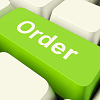The 4 Stages of Conversion

With all of online marketing complexities, all marketers are really chasing one goal - to increase conversions.
The challenge of chasing conversions, however, is that every consumer is different and requires a different approach. For instance, one consumer may conduct a search for "black platform sneakers" and purchase the first item that appears in Google's Product Listing Ads, while another consumer could conduct the same search but continue to do more research like checking out consumer reviews or promo codes before making their final purchasing decision. This is why it is essential for marketers to address all four stages of conversion during their acquisition efforts.
Take a look at the examples below to discover how big-name brands are increasing conversions by addressing the attention, interest, desire and action stages of conversion: Attention - In this stage, marketers should aim to create awareness around their brand and attract the attention of their audience.
Brand Example: 7 Search
There are a variety of ways brands can generate awareness in the attention stage. 7 Search, for example, attracts attention with its peek-a-boo ad on WebsiteMagazine.com that features the copy "$25 Free" (see first image). That incentive leads many consumers to scroll over or click the ad, which results in an expanded version of the ad that essentially lets them get more information (see second image). It's important that brands that are trying to garner more attention for their brand, only promote their company to like-minded audiences, like 7Search does with its advertisement.
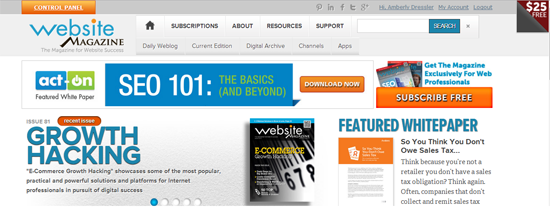
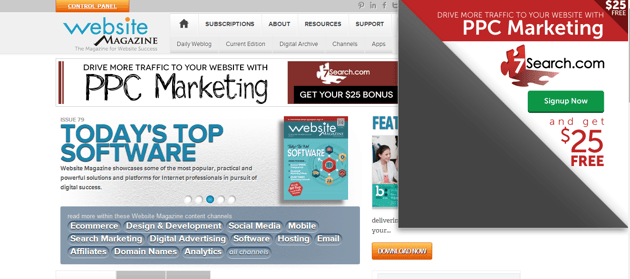 Interest - To successfully push consumers through the sales cycle, marketers need to maintain consumer attention with interesting, helpful or informative content.
Interest - To successfully push consumers through the sales cycle, marketers need to maintain consumer attention with interesting, helpful or informative content.
Brand Example: Walgreens
After recently downloading the Walgreens app and creating an account with the company, I received an email to inform me about the company's online pharmacy. This type of messaging can help push consumers through the sales cycle as it informs users how easy it is to complete common tasks like refilling a prescription online.
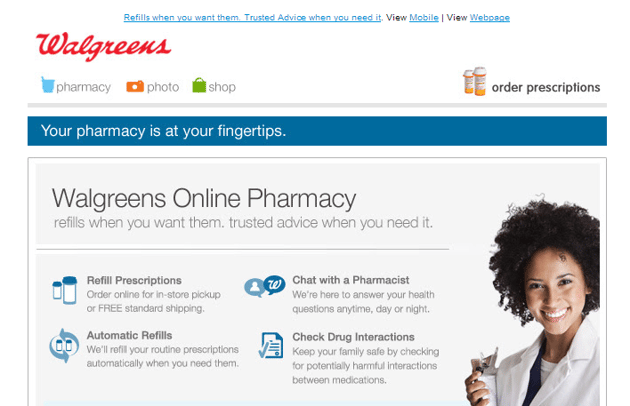 Desire - In this stage, marketers are aiming to convince consumers that they want or desire a specific product or service.
Desire - In this stage, marketers are aiming to convince consumers that they want or desire a specific product or service.
Brand Example: Beneful
It is likely that beneful knows that I am a dog lover because of my browser history and online behavior. Because of this info, Beneful delivered a video ad in my Twitter feed for its doggie dental treats. Not only is the ad relevant, but it also fits into the desire stage because the video offers reasons why Beneful's dental treats are better than other brands. This strategy aims to convince consumers that Beneful is the best option when they eventually make their purchasing decisions.
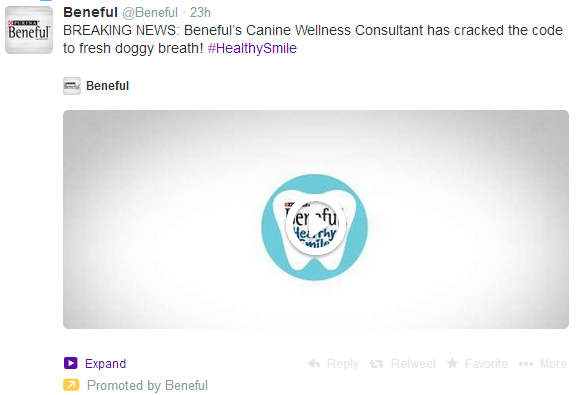 Action - To increase conversions, marketers must lead consumers toward taking action during this stage.
Action - To increase conversions, marketers must lead consumers toward taking action during this stage.
Brand Example: JustFab
There are many ways marketers can try to close a sale, such as by retargeting consumers who have abandoned their shopping carts or offering unique deals or promotions to consumers. JustFab opted for the latter approach, as the company recently sent me an email offering me $10 in credit to use on anything on the site. Plus, the retailer finishes off the offer with a "Shop & Spend Now" call-to-action that makes it easy for consumers to leverage the promotion. This is a difficult offer for anyone to pass up, especially as the seasons start to change and wardrobes need updating.
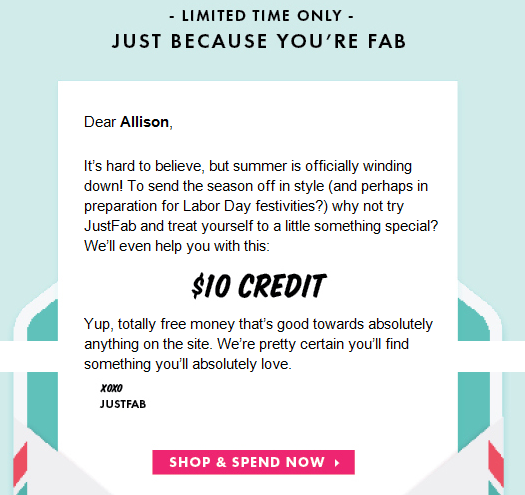

Subscribe to Our Newsletter!
Latest in Marketing







